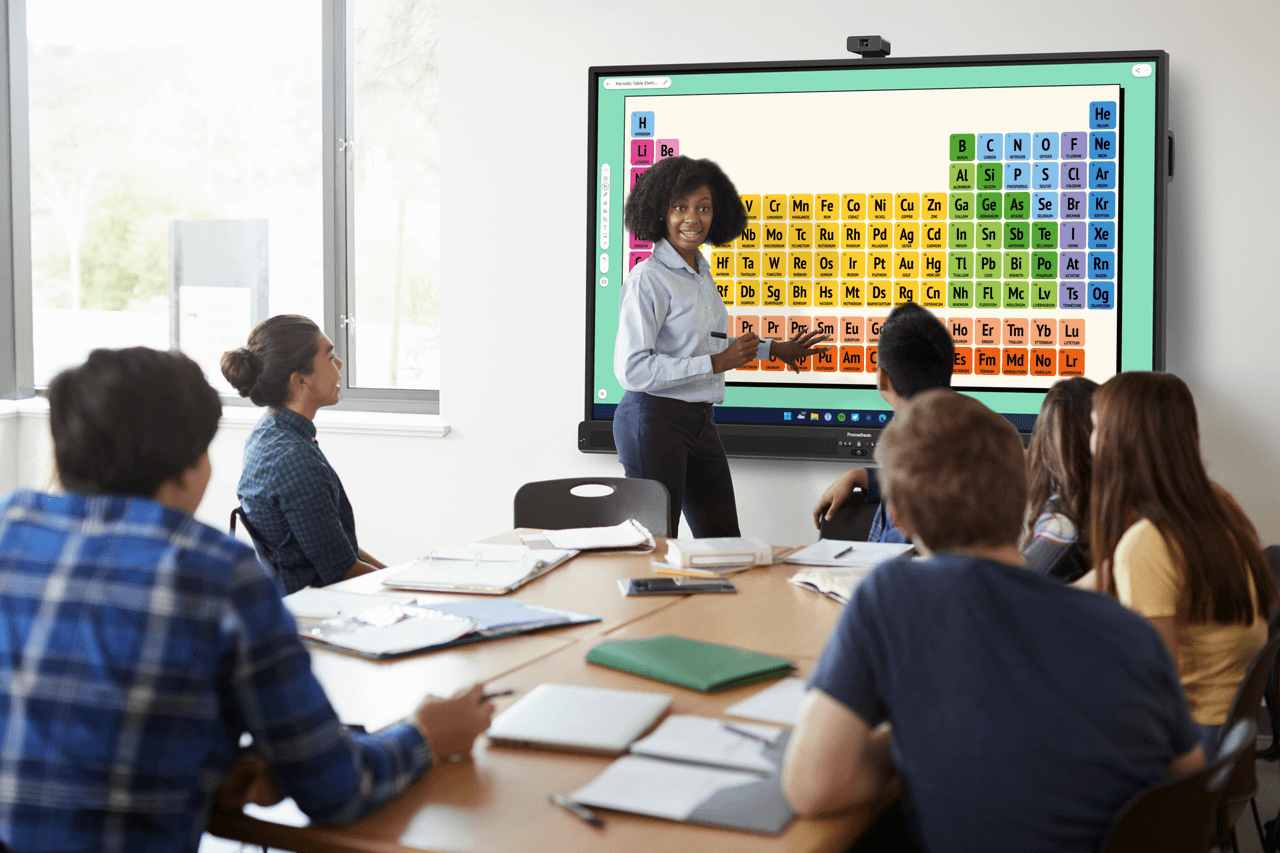Published on April 22nd, 2021
Three technological enablers and barriers to learning last year
3 minute read

State of Tech survey blog
If last year taught us anything, it’s that nothing can truly replace face to face learning. As students returned to schools, teachers and administrators began to look at ways to redesign the education experience, while maintaining tried-and-trusted pedagogical concepts in place.
In last year’s State of Technology in Education Report, it was agreed that this fast-tracked digitization of learning has brought huge opportunities, but also significant drawbacks.
So, what were the technological enablers and barriers for learning last year? We’re asking teachers and other school staff about their experiences of teaching over the last 12 months. Complete our survey to have your say.
Hybrid learning
The pandemic exposed the faultlines in educators’ ability to facilitate teaching outside the classroom, as many weren’t confident or proficient enough in using the edtech they would come to rely on. Educators were forced into a reactive mode when some of their conventional teaching practices were no longer viable.
To meet the most important school priorities, hybrid learning strategies highlighted the importance of the role of the teacher and social connection, while sensitive to changing staff and student needs. Edtech was instrumental to achieving this, in and out the classroom.
Student engagement
Educators and students became reliant on remote tools to stay connected to each other. And while technology has been pivotal to home learning, that doesn’t mean students were getting a better education because of it.
In fact, according to ChalkBeat, educators were right to worry that remote learning would exacerbate inequities. Students from low-income families faced more roadblocks to learning, driven in part by gaps in access to technology and the internet.
Access to technology
During the past 12 months, one of the greatest reported hurdles was students’ access to the internet and personal devices. Globally, less than 20% of the world’s population have access to broadband, and for the students who do, they experienced a ‘lockdown learning fatigue’ contributing to an engagement drop of 30%.
Have your say
How did your school cope with the challenges of teaching during widespread remote learning? Which tools enabled you and your colleagues to continue supporting students and keeping in touch with one another? Complete our survey to be a part of our most important State of Technology in Education report to date.




